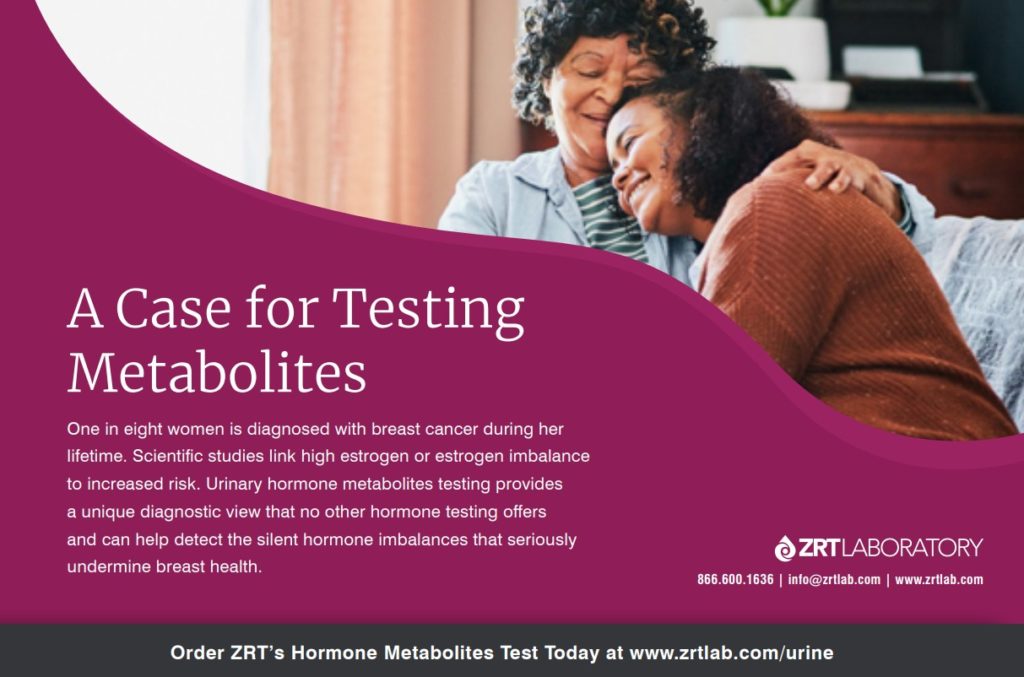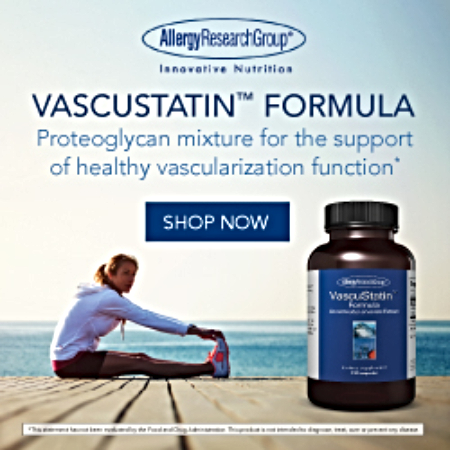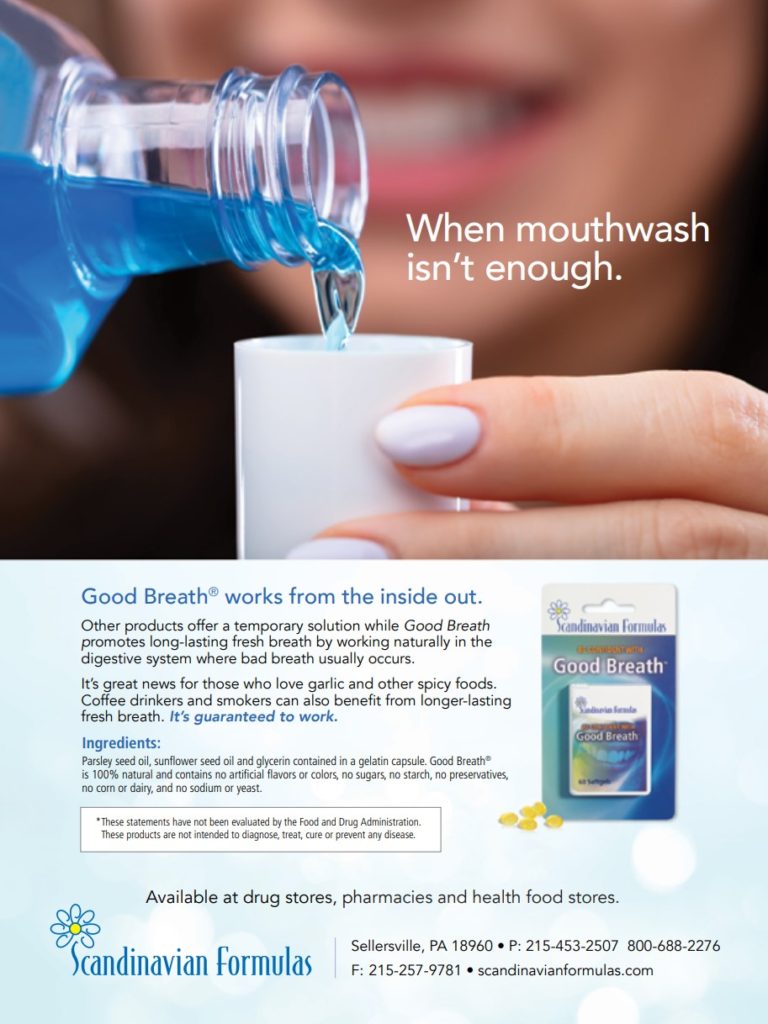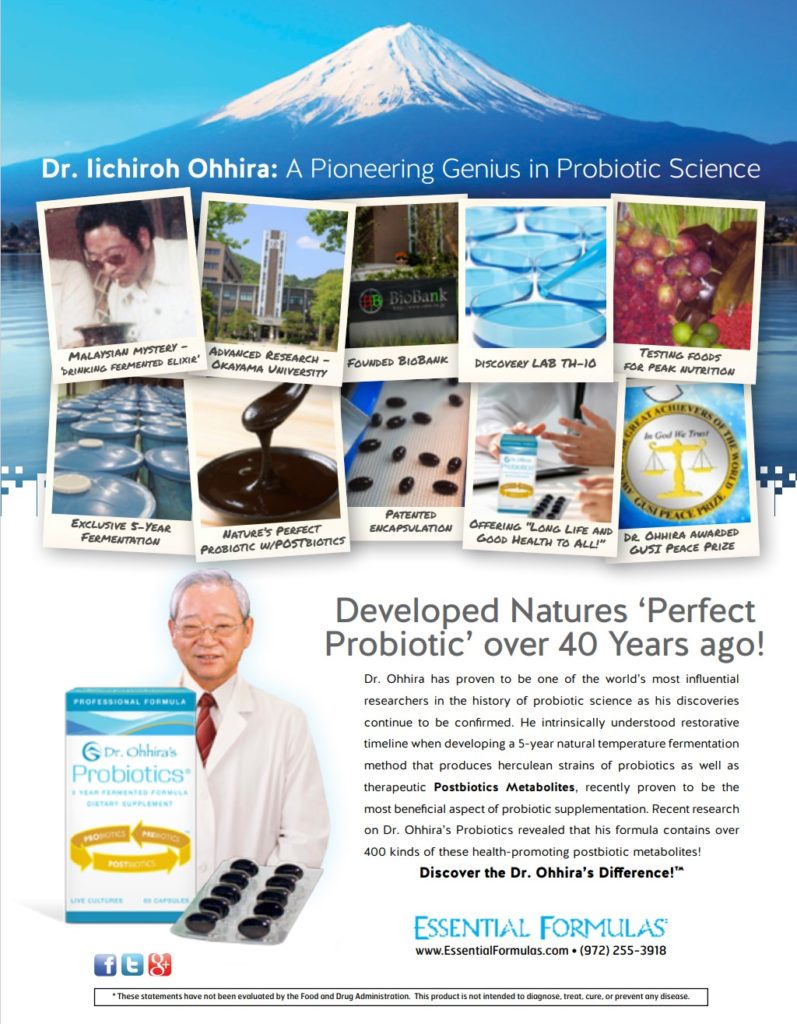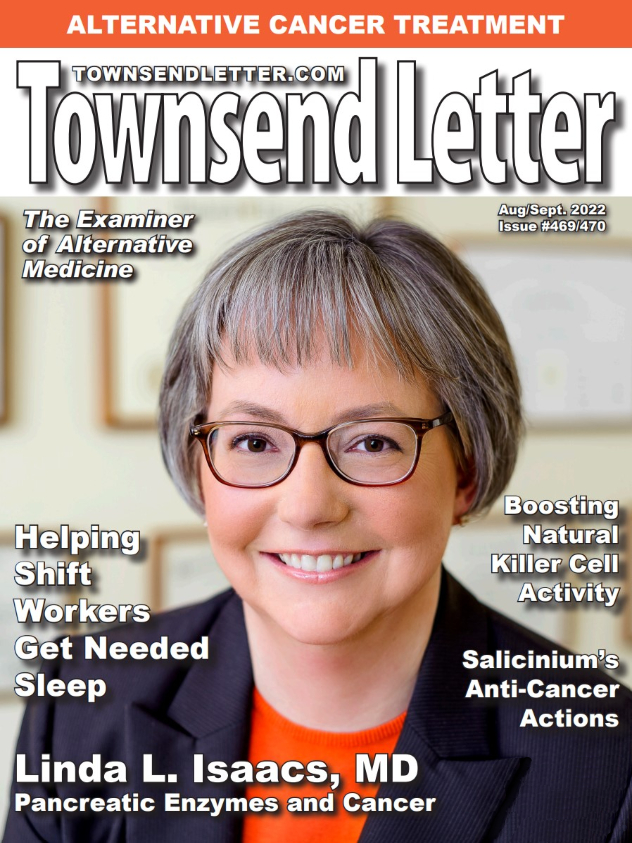Paul S. Anderson, NMD
Introduction
Due to space available for this article I will focus on basic nutrient interventions in the intravenous support of patients with cancer. This is definitely not done to minimize the contributions of other intravenous agents such as artesunate, DMSO, mistletoe, DCA, etc., and all the potential botanicals that are in use. I chose the following to focus on because they form, in my experience, the basis for a very broad set of offerings that can improve quality of life and outcomes in most patients with cancer.
High-Dose Intravenous Vitamin C (HDIVC)
The use of HDIVC was popularized largely by the work of Frederick Klenner, MD, who used HDIVC in hospital practice from the 1940s through his passing in 1984. Dr. Klenner published case reports from his practice during those years.1-3 It is said he inspired Linus Pauling and Irwin Stone to expand the research on the benefits of vitamin C.4
HDIVC is a common therapy in integrative oncology. While lower doses of IV vitamin C are also used (and will be discussed separately) HDIVC has particular potential benefits I will outline here.
The mechanism of HDIVC falls in two broad categories: Becoming a “pro-drug” for hydrogen peroxide and also providing a host of nutrient and chemical manipulations that actually weaken cancer cells while strengthening normal non-cancerous cells.5-7 The pro-drug for hydrogen peroxide part of the mechanism cannot be caused with oral vitamin C because not enough will absorb.8,9
HDIVC also has potent anti-inflammatory effects. Cancer is aggravated by inflammation, which can fuel abnormal cell division. Research has found that a series of IVC sessions can lower the blood inflammation marker C-reactive protein (CRP) by approximately 75 percent.10
Preliminary evidence also shows that IVC activates a gene that suppresses tumor formation,11 and there is also an anti-angiogenic effect to HDIVC.12
Safety of HDIVC
The bottom line with respect to HDIVC is that in properly screened patients it is an extremely safe intervention. In a 2010 review of over 50,000 HDIVC infusions there were five reported serious adverse events in the literature.13 In a review of the five cases mentioned I found that all could have been prevented with proper pre-HDIVC screening. The patient should be pre-screened prior to any HDIVC, and particular attention is paid to G6PD status, kidney function, electrolyte status, hemoglobinopathies, and other areas as clinically indicated.
Chemotherapy and HDIVC
A great deal of confusing information regarding the appropriate place and timing for the administration of HDIVC with other chemotherapeutic agents exists. I completed an up-to-date review of all available data in this arena.14 A quote from a recent scientific paper shows the overall direction the data are pointing:
Clinical investigation of pharmacologic ascorbate should be considered as an addition to existing cancer treatments. Its mechanism of action as a pro-drug for H2O2 generation is distinct from most currently used agents. For this reason, there is potential for synergy, or at least an additive effect, in combination with other drugs. Emerging data indicate that there are additive effects of ascorbate with other neoplastic agents.15
A review of available data in 2008 summarized multiple existing cancer therapies and their effect in combination with ascorbate and found all agents either not affected or enhanced by ascorbate. This review had one exception which was the drug bortezomib,16 but later clinical data showed that even this agent had synergistic effect with HDIVC.17
A 2012 multicenter study involving 60 people newly diagnosed with cancer and receiving conventional cancer therapy were administered HDIVC twice weekly for four weeks. Significant relief was noted in quality-of-life scores that included fatigue, pain, insomnia, and constipation.18 And a study of 39 terminal cancer patients not undergoing chemotherapy and radiation therapy and given IV C and oral vitamin C reported significantly lower scores of fatigue, pain, nausea/vomiting, and appetite loss. They also had higher scores for physical, emotional, and cognitive function.19
For background, the Bastyr Integrative Oncology Research Center (BIORC) study was funded by the National Institutes of Health (NIH) and operated at the Bastyr University Research Center. I was the chief of IV services and operated the IV therapy clinic. My patient group consisted of Stage-4 cancer patients treated with HDIVC and many other IV therapies. We found the three-year survival rates of Stage IV colon, lung, and breast cancer patients and Stage III ovarian cancer patients receiving HDIVC from BIORC were dramatically better than national statistics (found in the National Cancer Institute’s SEER program).20,21
More study needs to be done, but data presented between late 2011 and 2012 from the BIORC NIH-funded research also revealed only positive additive effects using HDIVC in combination with existing cancer treatments.22 In a 2014 published review of the effects of intravenous vitamin C on cancer and quality of life the authors noted: “Several recent studies have indicated that intravenous (IV) vitamin C alleviates a number of cancer- and chemotherapy-related symptoms, such as fatigue, insomnia, loss of appetite, nausea, and pain. Improvements in physical, role, cognitive, emotional, and social functioning, as well as an improvement in overall health, were also observed.”23
In summary, HDIVC in my experience (and borne out in the scientific study of it) is an incredibly helpful therapy for many patients with cancer as well as potentially assisting to prevent recurrences of prior cancers.
Low-Dose IV Vitamin C (LDIVC)
As mentioned, IV vitamin C has two different primary actions based on dose and the type of cell it interacts with. In regard to the dose, a “low dose” strategy is generally considered to be below the level needed to be an “oxidative” (HDIVC) therapy. Is a “low” dose (or dose range) known and is there any research showing lower doses can help?
In three scientific papers written on the dose threshold of LDIVC versus HDIVC none are completely in agreement (this is common in scientific papers) but generally speaking a low dose is considered between five and ten grams of IV vitamin C.24-26
Regarding scientific papers showing benefit with LDIVC, two27,28 have been commonly cited and another (presented at a scientific meeting in the US) was a follow up to show safety in the US hospital setting.29 All of these used low dose strategies and showed improved quality of life in patients with cancer.
The question of “why would LDIVC be beneficial to quality of life in cancer” likely has multiple answers. In addition to the antioxidant support LDIVC offers, other benefits are published. One paper outlines LDIVC as having the ability to decrease gene mutations following oxidative stress (which is increased in cancer and by many cancer treatments).30 Another paper shows LDIVC as augmenting natural killer cell function, which is incredibly important to remission and length of life in cancer patients.31
While the three QOL studies cited used a simple formula (of a base IV solution such as normal saline) and a small dose of vitamin C (five to ten grams) the use of LDIVC offers many other added potential benefits for broadening the therapeutic potential of the IV. As mentioned in the HDIVC section those high dose strategies require specific mineral additives and are best not combined with other additives such as many B-vitamins, glutathione etc. This restriction is to protect the oxidative properties of the HDIVC formula. Conversely, when using the LDIVC one can add other vitamins, minerals, and amino acids, and follow the LDIVC with glutathione as well. This allows for the full benefit in QOL and potentially other positive effects when used in patients with cancer. And while the LDIVC can be simply compounded in a bag of “Normal Saline,” “Ringers Lactate” (NS or LR), I have typically compounded it in an isotonic osmolarity formula, mixing the LDIVC and basic nutrients.
Specialized Hydration with Nutrient Support
A landmark scientific paper regarding the nutritional status of cancer patients summarized the issue as follows: “Malnutrition is the most common secondary diagnosis in cancer patients. Even patients who are eating can become malnourished because of specific biochemical and metabolic changes associated with cancer. These metabolic changes impair nutritional status and contribute to cancer-related malnutrition…”32 The author goes on to cite studies showing that cancer-related weight loss, anorexia and nutrient depletion is much more widespread than originally believed.33,34 The bottom line, illustrated by multiple studies, is that cancer patients are depleted and the use of IV nutrients can extend life and improve quality of life (QOL).35-39
So, how does this all relate to the use of “specialized hydration with nutrient support”? A method, coming from all the scientific papers mentioned above, emerged a number of years ago for us clinically in an effort to help cancer patients with improved QOL and decreased side effects from their cancer and cancer therapies. IV hydration in and of itself is quite simple. If the person has good cardiac and kidney function you can give them a hydrating IV solution (such as NS, LR, etc.) and you build their fluid volume. Our idea was to use the principles of hydration IV therapy while using nutrients instead of simply saline or a like fluid. The issue in the past was that most nutrient repletion solutions were actually dehydrating (which defeats the purpose of hydration) in exchange for nutrient repletion. This requires a little calculation, but over time I was able to construct hydrating solutions (in isotonic formulas) that had broad nutrients, including vitamins, minerals and amino acids. Using these formulas, the patient has the benefit of both hydration as well as nutrient repletion.
We have seen these formulas rescue people from severe side effects from chemotherapy, improve mental function, reduce pain, and improve QOL overall as well as at the end of life. In our clinical experience these specialized hydrating nutrient formulas are a critical part of IV therapy in patients who have cancer.
Radiation and Chemotherapy Side Effect Formulas
Below, I will share part of a human trial I implemented for patients with radiation burns after having therapeutic radiation for head and neck cancer. First it would be good to review why tissues are damaged giving rise to side effects (of radiation and chemotherapy) and what can be done about it. Neurological cells (and all others) are incredibly sensitive to mitochondrial damage, cell membrane damage and other effects. Many oncologic therapies have deleterious effects on the cell matrix and nerve function, leading to significant decreases in quality of life. Supplementation and augmentation of glutathione function can aid in the regeneration of all damaged body tissues. As mentioned, these effects are especially seen in nerve, digestive, joint, skin, and other critical tissues.
Augmenting Glutathione: The use of an augmented glutathione support therapy can help the more severely injured tissues heal. Glutathione function is tied to oxidative stress which leads (if unbalanced) to cell damage.40,41 Glutathione is depleted in and required as protectant for radiation therapy and exposure.42,43 And finally glutathione has been shown to be cell protective in some chemotherapy exposures.44,45 So the use of glutathione for repair after cancer therapy is an easy case to make.
This leads us to the clinical trial in patients with radiation damage after head and neck radiation therapy. The question came up in our research center “why not just provide glutathione IV alone and see what that does?” The answer was (and is) because in the body glutathione is not a “lone ranger” acting without support. Glutathione is like all antioxidants supported by cofactors, which assist it in returning to its useful “reduced” state. Otherwise, it gets used once and becomes a non-beneficial nutrient. So how was this issue solved for these patients with radiation damage and what did we learn?
The bottom line was (and is) that a well-rounded protocol needed to be employed, which not only supplied the glutathione but also the necessary cofactors for glutathione recycling as well as nerve repair. I started this therapy with these radiation-damaged patients and assessed their nerve damage every four weeks. The protocol was an IV session (with this combination therapy) twice a week for four to eight weeks then weekly for eight weeks then if needed twice monthly for two to three months. Most patients recovered 90% or more of their nerve and other damaged function. It is important to note that the time from injury (from radiation or chemotherapy) to use of the IV program was crucial. The more the delay the longer it took to have recovery.
Summary
In this article I have attempted to summarize basic nutritional interventions for intravenous use in patients who have cancer. I limited the discussion to low and high dose vitamin C, glutathione augmentation, and hydrating nutrient solutions. Although these are a small fraction of the intravenous options we potentially have, they do form the base of therapies that can help most patients with cancer.
Links to Protocols and Other Data Mentioned
A. Vitamin C, chemotherapy and radiation – data review. https://www.consultdranderson.com/wp-content/uploads/securepdfs/2020/12/6-Ascorbate-and-Oncologic-Therapies-2020.pdf
B. HDIVC electrolyte balanced formulas. https://www.consultdranderson.com/wp-content/uploads/securepdfs/2022/04/4-Ascorbate-and-Electrolytes-with-Formulas.pdf
C. Hydrating nutrient formulas. https://www.consultdranderson.com/wp-content/uploads/securepdfs/2022/04/9-Hydration-via-IV-Therapy.pdf
D. Radiation recovery / glutathione augmentation. https://www.consultdranderson.com/wp-content/uploads/securepdfs/2019/04/8a-GSH-Augmentation-and-Cell-Protection.pdf
Bio –
Paul S. Anderson, NMD, is a recognized educator and clinician in integrative and naturopathic medicine with a focus on complex infectious, chronic, and oncologic illness. He founded Advanced Medical Therapies in Seattle, Washington, a clinic focusing on cancer and chronic diseases and now focuses his time in collaboration with clinics and hospitals in the US and other countries. Former positions include multiple medical school posts, Professor of Pharmacology and Clinical Medicine at Bastyr University and Chief of IV Services for Bastyr Oncology Research Center.
He is co-author of several books, including Outside the Box Cancer Therapies with Dr. Mark Stengler, Cancer… The Journey from Diagnosis to Empowerment with Jack Canfield, and the IV textbook A Scientific Reference for Intravenous Nutrient Therapy with Drs Osborne and Carter. He is a frequent CME speaker and writer and has extended his educational outreach creating an online CE website “ConsultDrA.com” and Advanced Applications in Medical Practice (AAMP) conferences.


